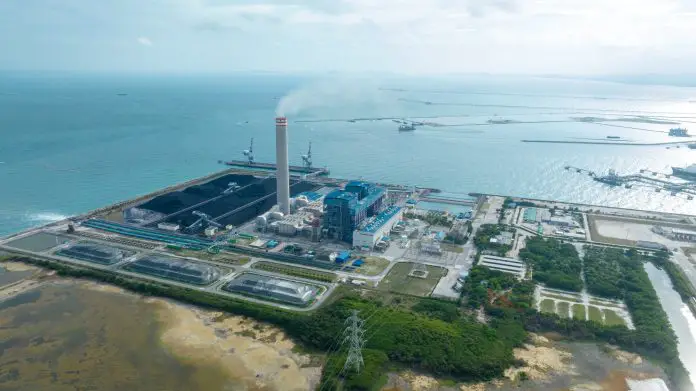As liquefied natural gas (LNG) exports from the United States are set to surge, small business owners should take note—this significant growth could impact energy prices and availability in the domestic market. A recent analysis from the U.S. Energy Information Administration (EIA) forecasts a remarkable 19% increase in U.S. LNG gross exports in 2025, followed by another 15% rise in 2026, due to the initiation of operations at two new export facilities.
The anticipated increase could reshape not only the landscape of natural gas supply but also the economic dynamics faced by small businesses reliant on energy costs. The Plaquemines LNG Phase 2 and the Golden Pass LNG projects are crucial players in this story, expected to contribute nearly 19% of the additional LNG export capacity between 2025 and 2026.
With gross exports anticipated to reach 14.2 billion cubic feet per day (Bcf/d) this year, and climb to 16.4 Bcf/d the following year, the implications for domestic gas supply and prices are substantial. “We expect U.S. LNG exports to continue growing, driven by the start-up of three new facilities,” said an EIA spokesperson.
For small business owners, the benefits of this export increase are multifaceted. Firstly, with heightened natural gas exports leading to increased production demands, there might be an upsurge in jobs within the natural gas sector. This could facilitate economic growth among local suppliers and service providers who cater to the energy industry. More jobs mean more spending in local economies, which is particularly beneficial for businesses that depend on local consumer traffic.
Moreover, as international demand for natural gas rises, local utilities may face pricing pressure. While this could mean rising costs in the short term, there’s a potential that increased competition and burgeoning investor interest may lead to stabilizations or even reductions in energy costs over time. For small manufacturers or service providers with significant energy needs, strategic planning regarding energy consumption could result in cost savings.
However, the path to these benefits isn’t without challenges. The timing of the new export facilities—critical to statewide and national energy forecasts—remains uncertain. EIA suggests potential start-up delays could substantially alter export volumes. If these projects experience setbacks, the expected surge in LNG exports might not materialize as planned. Such uncertainty can make financial forecasting tricky for small businesses planning their budgets and operations.
Small business owners should also be aware of the interconnectedness of LNG export levels and domestic natural gas prices. For instance, under scenarios where exports begin later than projected, an increase in natural gas inventories could lead to lower prices, which might seem advantageous. Conversely, a spike in export volumes could diminish domestic supplies, driving prices up. In this respect, business owners need to stay vigilant about price fluctuations.
Additionally, a forecast by the EIA indicates that the Henry Hub natural gas spot price could nearly double from around $2.20 per million British thermal units (MMBtu) in 2024, reaching nearly $4.20/MMBtu in 2025. Rising costs of natural gas could directly impact the bottom line for businesses that rely heavily on energy, necessitating careful cost control and possibly exploring alternatives to mitigate risks.
As the operations of these new LNG facilities ramp up, the domestic natural gas market could experience supply responses which impact production levels. Workers in natural gas-dependent regions could see shifts in employment, with increased demand leading to expanded operations in domestic production.
In summary, as the LNG export landscape evolves, small business owners should stay informed about infrastructure developments and market forecasts. This will allow them to make proactive decisions amidst the fluctuating tides of energy supply and costs. Addressing energy needs now, by either securing contracts or diversifying supply sources, can safeguard against potential impacts from the anticipated growth in LNG exports.
For more detailed insights into the EIA’s forecasts and methodologies, you can view the full report here.
Image Via Envato: Bluesandisland



